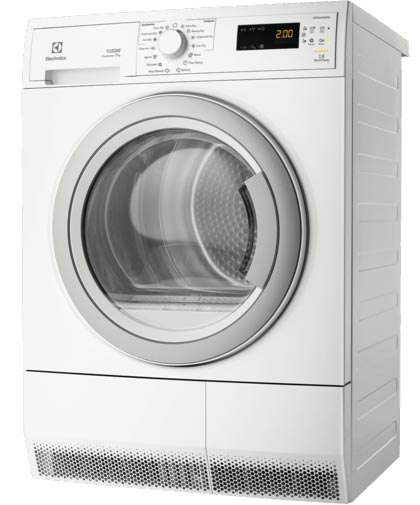ElectraFix Appliance Repair delivers the highest standards of dryer
repair in Metro Vancouver. Our technician’s expertise, fast service,
competitive pricing, and friendly, courteous customer service make the
decision to trust ElectraFix for your appliance repair an easy one.
If you are looking for an appliance repair company that can service
dryers of all makes and models, gas or electric, for home or business
applications, you have come to the right company. ElectraFix Appliance
Repair has experienced
dryer repair technicians that have
worked with every conceivable dryer. This is your assurance that we can
handle your dryer repair job as quickly and efficiently as possible.
We are accustomed to working with dryers from brands such as: Sub Zero,
Miele, Electrolux, Bosch, GE Monogram, Gaggenau, Dacor, Thermador, LG,
Fisher, Paykel, Samsung, Summit, KitchenAid, Maytag, Whirlpool, Speed
Queen, Frigidaire, Inglis, Kenmore, Moffat, Admiral, Ropert, Hotpoint,
Jenn-Air, Amana and many more.
